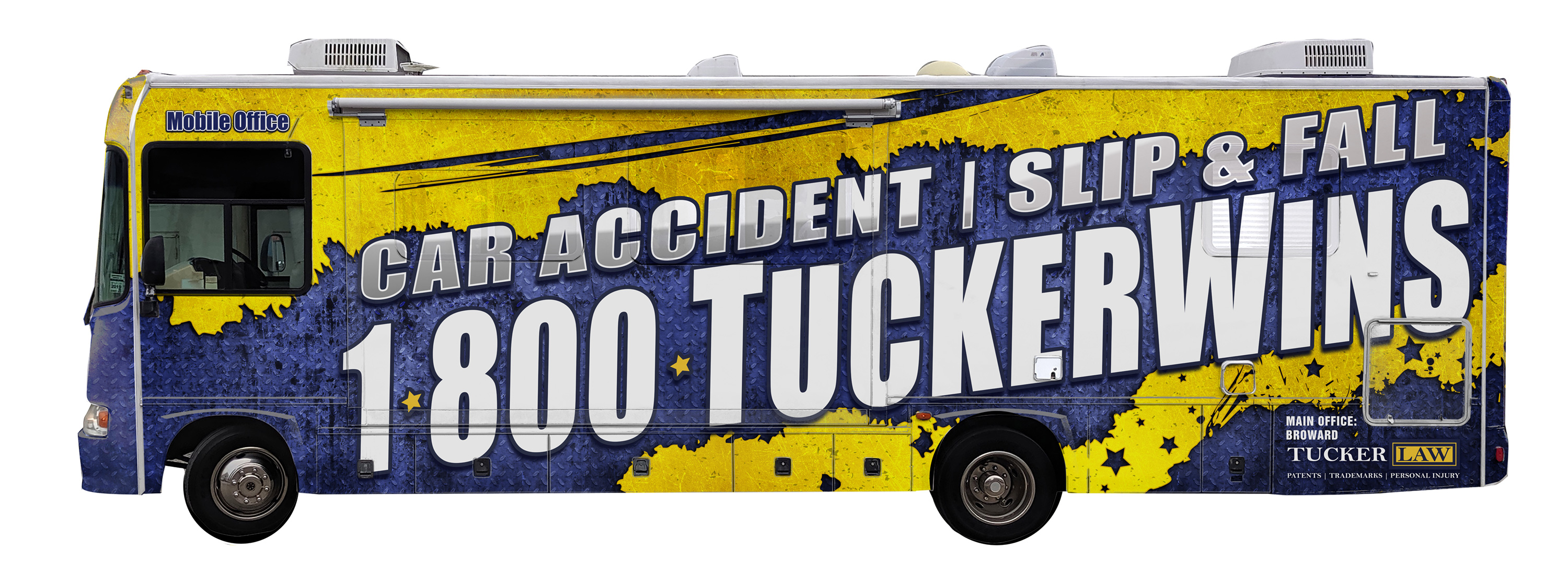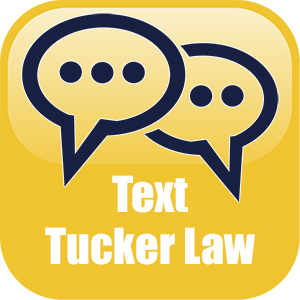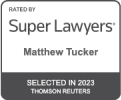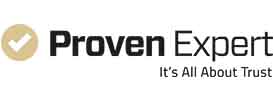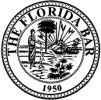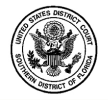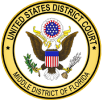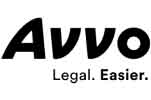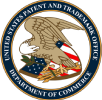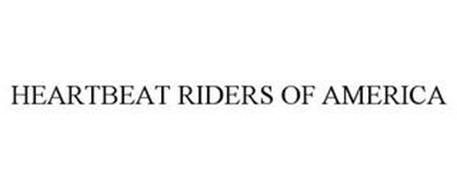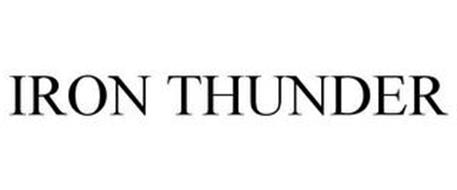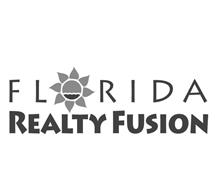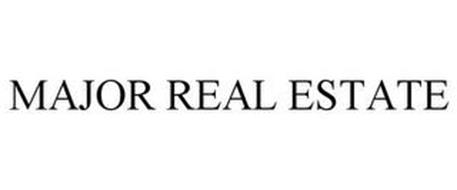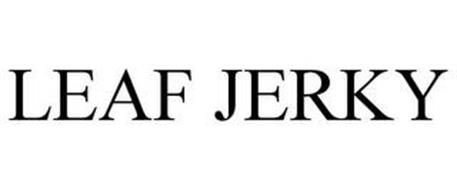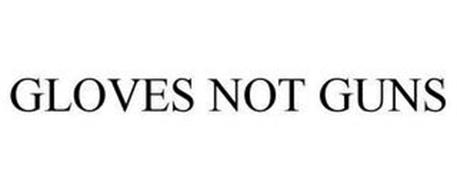
Trademark Attorney
Tucker Law® is dedicated to helping secure strong trademarks for businesses and individuals. Trademark Attorney Matthew Sean Tucker prides himself on helping clients vigorously pursue their names, logos, and slogans before the United States Patent and Trademark Office.
Trademark Consultation
Some clients are already using their trademark, whereas others wish to file their trademark before using their mark. In either case, talk with a Tucker Law ® Trademark Attorney that works with clients to craft strong trademark rights for your goods and services. Call 1-800-TUCKERWINS.
Trademark Registration
Tucker Law ® has helped clients around the world register their trademarks with the USPTO and in the State of Florida. Registering your trademark gives the presumption of exclusive ownership rights of your mark. Registration also allows you and your company the right ot use the federal registration symbol “®”.
Trademark Certificate
The time to obtain a trademark certificate can vary. However, it can generally take between 6 months and 1 year to obtain a trademark registration. That is one reason why you may want to begin the trademark process today. Let Tucker Law begin your trademark process by calling 1-800-TUCKERWINS.
What Can You Trademark?
Trademarks can include your company logo, name, and slogans. Trademarks can further include the logo and name of individual product lines, slogans, and virtually any other symbol that links consumers to your products and/or services. Attorney Matthew Sean Tucker is ready to help you or your company secure your trademarks.


Why a Federal Trademark?
Cases That We Handle
Example Trademark Filings

TUCKER IP TRADEMARK ATTORNEY
Trademark Attorney Matthew Sean Tucker assists those people who are selling products, building brands, starting new business ventures, or those who want to obtain rights to their unique and valuable names, slogans, and symbols. One step in building your company or brand dictates hiring an experienced trademark attorney to properly file your trademark application with the Trademark Office and walk you down the path of best trademark practices.
At Tucker Law, the Firm’s trademark practice is experienced with helping clients obtain strong trademark rights and maintaining those rights.
Do You Need to Apply For a Trademark Call Us 1-800-TUCKERWINS
Do I Really Need a Trademark?
Your business name, a logo and slogans are all or a symbols of your business that consumers use to recognize your goods and servcies. Business names are the lifeblood of many businesses. Preventing competitors from confusing your consumers can be vital. Registering your trademark offers numerous benefits.
- Trademarks Prevent Confusion: The main purpose of trademarks is to prevent consumer confusion. Your business name—along with your goodwill in the market alongside your logo, brand colors, slogans, or tagline—can set you above other businesses in your industry and prevent confusion.
- Trademarks Are Branding: Your symbols are your identity. They define your brand, including what people associate and feel about the quality of your business.
- Trademarks Allow Federal Lawsuits: Registering your business name with trademarks allows you to enforce your rights in federal court. This in turn can reduce litigation because competitors recognize the costs of defending a trademark lawsuit.
- Trademarks Increase Sales: Registering your business name can help sales as companies are forced to put your products on shelves or offer your services that consumers demand.
- Trademarks Provide National Recognition: National recognition provides national protection. Your registration puts others on notice of your right to your name, logo, and symbols.
- Trademarks Secure Funding: Trademarks can help encourage investors because it shows the investors their investment is protected against competitors. In many cases, investors require a strong trademark portfolio to invest.
Value of Trademarks
Trademarks value lie in the goodwill associated with the public association of your goods and services. Goodwill is an intangible asset that provides tremendous value. Trademarks can be assigned or licensed to others. Thus, you can allow others to use your trademark in commerce while still retaining ownership over the mark. Licensing can be uniquely structured such as limited jurisdictions and territories or nationwide.
How Long Do Trademarks Last?
A trademark can last forever. As long as a trademark is in continuous use, the owner to renew indefinitely. The trademark must be periodically renewed. The renew process allows trademark owners to make their trademarks incontestable to prevent others from attacking the validity. At certain points, the owner must provide the Trademark office proof of the use in commerce.
FREE Case Review
Related Practice Areas
Other Practice Areas

Mobile Office
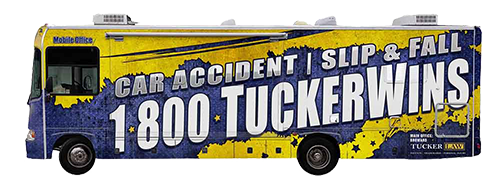
Whether you are injured or have an idea for an invention, Tucker Law has the ability to meet clients anywhere in Florida. Ask our staff about our mobile office. That is why we can meet clients with our 32 foot mobile office anywhere. From driving to the scene of a crash, to meeting with accident victims at their house or other safe locations, our mobile office can help you regardless of your location or your ability to drive.
